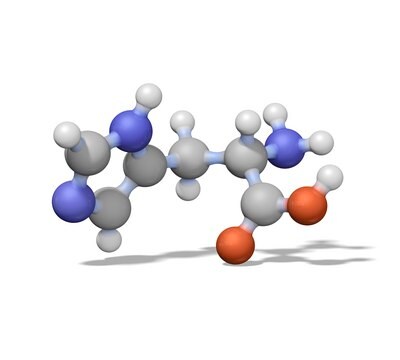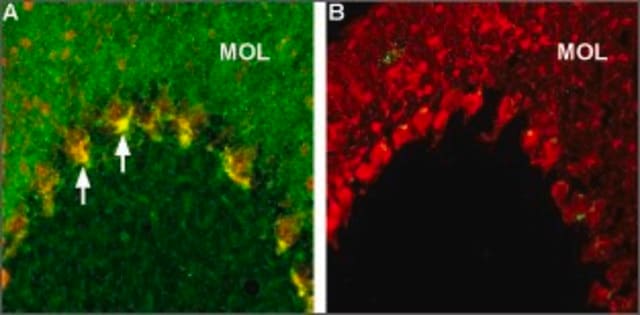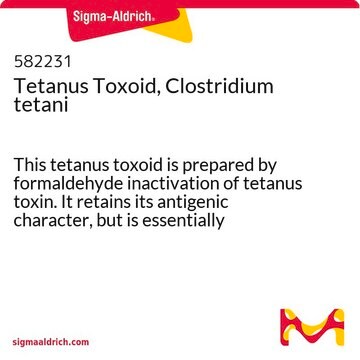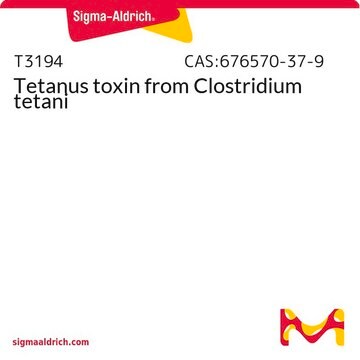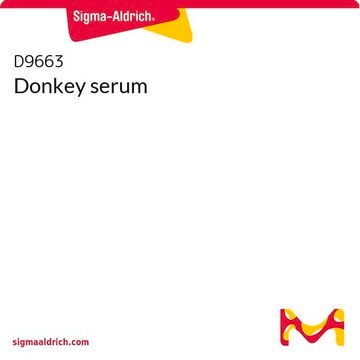This product is intended for laboratory or research use only, and no formal solution stability studies have been conducted. Before reconstitution, storage at 4°C in its original packaging is recommended, but specific duration guidelines are not provided. For reconstitution, use sterile distilled water to achieve a concentration of 1 mg of diphtheria toxin in 10 mM sodium phosphate with 5% lactose, pH 7.4. After reconstitution, unused toxin can be quick frozen in aliquots on dry ice and stored at -70°C. Thawing should be done quickly at room temperature. Repeated freezing and thawing or maintaining the preparation at 4°C for extended periods are not recommended, as these may lead to increased nicking. For assays using very low concentrations of the toxin, a carrier protein such as human serum albumin is suggested. The preparation migrates as a single major band under non-denaturing conditions, with a slower migrating band comprising less than 5% of the preparation, indicating an aggregate of diphtheria toxin. In the presence of a reducing agent, on SDS gels, the preparation shows a major band of approximately 63,000 daltons corresponding to the intact toxin, and two faster bands of approximately 39,000 and 24,000 daltons corresponding to the B and A fragments, respectively. The degree of nicking is estimated to be less than 5%. It is not recommended to store the solution frozen, and use within 1 month of resuspension is advised. The vial contains salts for TRIS and EDTA at pH 7.5.
D0564
Diphtheria Toxin
from Corynebacterium diphtheriae, ≥98% (SDS-PAGE), lyophilized powder, protein synthesis inhibitor
Synonyme(s) :
DTx
Sélectionner une taille de conditionnement
Sélectionner une taille de conditionnement
About This Item
Produits recommandés
Nom du produit
Toxine diphtérique from Corynebacterium diphtheriae, lyophilized powder, Product is in unnicked form
Niveau de qualité
Forme
lyophilized powder
Température de stockage
2-8°C
Vous recherchez des produits similaires ? Visite Guide de comparaison des produits
Description générale
Application
- pour instaurer une déplétion microgliale afin d'étudier un état de stress post-traumatique chez des souris[1].
- en injection intrapéritonéale chez des souris transgéniques pour sélectionner des hybrides après fusion de cellules souches/progénitrices hématopoïétiques (HSPC) transplantées durant une ablation[2].
- pour étudier son effet sur des progéniteurs engagés dans la lignée des éosinophiles dans une souche de souris déficiente en éosinophiles (PHIL).[3]
Actions biochimiques/physiologiques
Forme physique
Reconstitution
Mention d'avertissement
Danger
Mentions de danger
Conseils de prudence
Classification des risques
Acute Tox. 1 Inhalation - Acute Tox. 1 Oral
Code de la classe de stockage
6.1A - Combustible acute toxic Cat. 1 and 2 / very toxic hazardous materials
Classe de danger pour l'eau (WGK)
WGK 3
Point d'éclair (°F)
Not applicable
Point d'éclair (°C)
Not applicable
Faites votre choix parmi les versions les plus récentes :
Déjà en possession de ce produit ?
Retrouvez la documentation relative aux produits que vous avez récemment achetés dans la Bibliothèque de documents.
Les clients ont également consulté
-
How long can the product be stored for at 4C in its original packaging? Before reconstitution? Furthermore, what should it be reconstituted with for best efficiency and long-term effectiveness?
1 réponse-
Utile ?
-
-
How long is the lyophilized DT stable for if kept in its original packaging at 4C?
1 réponse-
Products that are robust in nature and extremely stable, in the original unopened container, are not assigned an expiration date or retest schedule. These products will have no dating reported on either the label or the Certificate of Analysis. This product falls under that category. The specification sheet is available at this link: https://www.sigmaaldrich.com/specification-sheets/872/957/D0564-BULK________SIGMA____.pdf
Products that are not assigned an expiration or retest date are covered by a warranty period of 1 year from the date of product shipment.
Full Product Dating Information may be reviewed at the link below: https://www.sigmaaldrich.com/deepweb/assets/sigmaaldrich/marketing/global/documents/190/408/product-dating-information-ms.pdf
Utile ?
-
-
What is recommend for reconstituting the product for injection in mice via ip injection? The product instructions advise using sterile distilled water, but the product also contains Tris and EDTA. Most references and research articles recommend using PBS for reconstitution. I am concerned that water might be too hypotonic for the mice and may cause their cells to rupture, but I'm not sure whether the Tris and EDTA can prevent that.
1 réponse-
No test has been conducted on this product for intraperitoneal injection. However, for intraperitoneal injection in mice, normal saline solution appears to be effective as a delivery solvent
Utile ?
-
-
What is the solubility of Product D0564, Diphtheria Toxin from Corynebacterium diphtheriae?
1 réponse-
This product is soluble in water. Reconstitute with the volume of water described under Description on our website page for D0564.
Utile ?
-
-
How is Product D0564-1MG, Diphtheria Toxin, packaged?
1 réponse-
Product D0564-1MG, Diphtheria Toxin, is packaged in a small serum vial with a rubber or silicone septum and aluminum crimp top. The product can be reconstituted in the vial by piercing the septum with a syringe fitted with a stainless steel needle.
Utile ?
-
-
How stable is Product D0564, Diphtheria Toxin from Corynebacterium diphtheriae, at low concentration?
1 réponse-
For assays employing low concentration of the toxin, the use of a carrier protein like serum albumin is recommended.
Utile ?
-
-
What is the molecular weight of Product D0564, Diphtheria Toxin from Corynebacterium diphtheriae?
1 réponse-
In the presence of a reducing agent, on SDS gels, this preparation migrates as a major band of approx. mw 63,000 Daltons (corresponding to thte intact toxin) and two faster more lightly stained bands of approx. MW 39,000 and 24,000 Daltons (corresponding to the B and A fragments, respectively). Based on this method, the extent of the degree of nicking in this preparation is estimated to be less than 5%.
Utile ?
-
-
What is the Department of Transportation shipping information for this product?
1 réponse-
Transportation information can be found in Section 14 of the product's (M)SDS.To access the shipping information for this material, use the link on the product detail page for the product.
Utile ?
-
-
What is the solution stability of Product D0564, Diphtheria Toxin from Corynebacterium diphtheriae?
1 réponse-
Once the product is reconstituted in water, the solution may be stored in aliquots at -20°C. Avoid freeze-thawing. Long-term storage in the refrigerator at 2-8°C is not recommended.
Utile ?
-
Filtres actifs
Notre équipe de scientifiques dispose d'une expérience dans tous les secteurs de la recherche, notamment en sciences de la vie, science des matériaux, synthèse chimique, chromatographie, analyse et dans de nombreux autres domaines..
Contacter notre Service technique